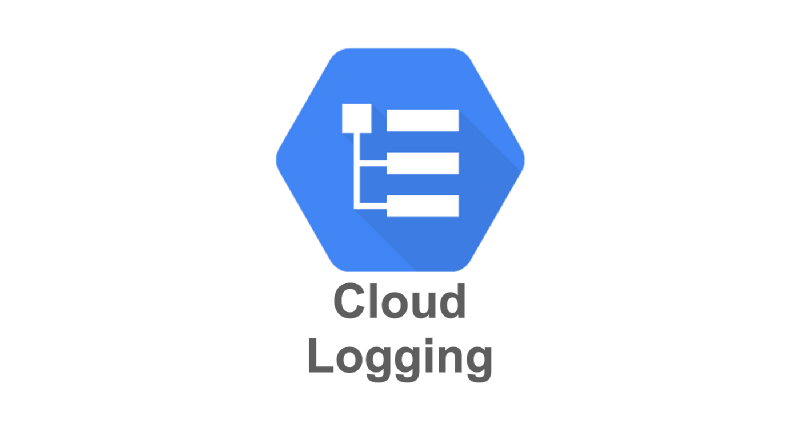Log Scope
At our company, managing logs across multiple projects was becoming a challenge. Every team had their own logging setup, making it difficult to get a unified view of all log data. When an issue arose, we had to jump between different projects in GCP Logs Explorer, slowing down troubleshooting and analysis.
To solve this, we aimed to consolidate logging and monitoring into a single project. The goal was simple: when using Logs Explorer in the xyz project, we should be able to search and find logs from multiple other projects.
This is where log scopes came in. By defining a custom log scope, we listed all relevant projects and log views under a single umbrella. This meant:
✅ A centralized view of logs across multiple projects.
✅ Faster and more efficient troubleshooting.
✅ Improved access control and monitoring.
Now, with a single query in Logs Explorer, we can analyze logs across all related projects without switching contexts—making our logging workflow seamless and efficient. 📊
What I Learned from It
Through this process, I learned that log scopes allow us to consolidate projects and views into a single log scope. When you create a GCP project, folder, or organization, Logging automatically creates a log scope named _Default. This default log scope includes the project in which it was created, and the logs are stored in a log bucket. However, by leveraging custom log scopes, we can extend visibility across multiple projects—making log analysis much more efficient.
How I Used Terraform to Automate It
This setup was implemented for our service_dev and service_prod projects and environments. However, a challenge arose:
• A single log scope can include only up to 5 projects.
• We have 11 dev environments, each with 4 projects, plus the service project.
To handle this, I used Terraform to automate the process:
Fetched the dev projects dynamically using a Terraform data source from our Dev folder in GCP.
Created a map of environment instances to their projects using locals.
Used a for_each loop to generate a log scope per dev environment, ensuring each contained no more than 5 projects.
This approach ensured that:
✅ The Terraform code is DRY (Don’t Repeat Yourself).
✅ There are no manual dependencies—it dynamically fetches projects.
✅ It efficiently scales with our environment structure.
| |
Note: This Terraform code does not include everything. I’m not showcasing the variables or how I pass values from the root module to its submodule.
This Terraform configuration automates the creation of log scopes for each dev environment while adhering to the 5-project limit per scope. Now, all logs are easily accessible within a centralized Logs Explorer—without any manual configuration!
Production Environment
Setting up service_prod was much easier since we have fewer projects there. We didn’t need to worry about splitting projects into multiple scopes, so a single log scope was enough to consolidate all production logs into one view. This made the setup straightforward while still providing the same benefits of centralized logging and monitoring.
Documentation for Other Teams
To ensure everyone can easily find and use these log scopes, I also created a brief guide for other teams. This document explains where to locate the log scopes, how to use them in Logs Explorer, and best practices for troubleshooting. Now, teams can efficiently access the logs they need without any confusion.
